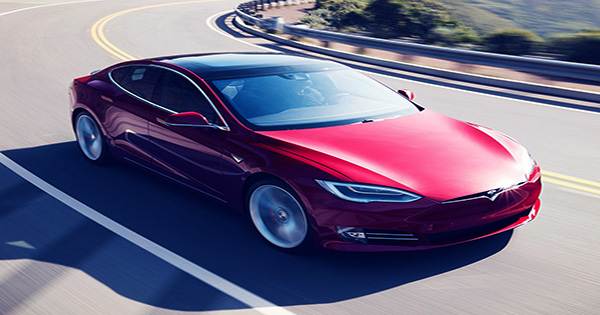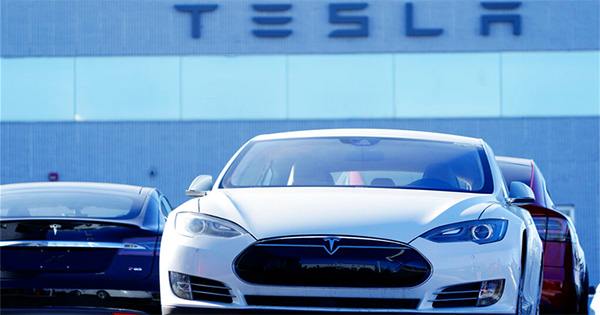Tesla’s profit run continued this week, with a net income of $1.62 billion for the third quarter, up than fivefold from the $331 million it generated in the same quarter last year. Despite a global chip scarcity and supply chain bottlenecks that have hampered the sector, the record profit achieved mainly to record sales. Tesla was able to achieve that record net profitability (on a GAAP basis) despite the fact that its cheaper Model Y and Model 3 electric vehicles accounted for the great bulk of its sales. In the quarter ended September 30, Tesla took a $51 million impairment due to Bitcoin. In after-market trade, shares dipped less than 1% to $859.80.
Tesla recorded a $2 billion operational profit, up from $809 million in the previous year. Operating income increased 54 percent from $1.3 billion in the previous quarter. In the third quarter, the corporation brought in $13.76 billion in revenue, up 56 percent over the $8.77 billion it brought in the year before. In addition, revenue was 15% more than the $11.96 billion reported in the second quarter of 2021. While Tesla bills itself as energy, technology, and sustainability firm, the sale of electric automobiles still accounts for the majority of its revenue. Tesla’s automotive revenue in the third quarter was $12 billion, up 50% from the same period last year. The sale of regulatory credits accounted for about $279 million of the total automotive revenue, the lowest since the fourth quarter of 2019. Meanwhile, Tesla’s vehicle gross margins jumped to 30.5 percent on a GAAP basis, a new high for the metric.

The outcomes were better than expected by analysts. Yahoo Finance polled analysts, who predicted revenue of $13.62 billion. Factset polled analysts, who predicted revenue of $13.6 billion and a profit of $1.3 billion. For the time being, the company’s success is dependent on its ability to manufacture and sell electric vehicles (rather than solar and energy storage, which it also manufactures and sells), as well as its ability to make its so-called FSD (Full Self-Driving) software widely available to owners who have already purchased the vehicle but are waiting for a wider rollout. Tesla’s practice of distributing beta software to some owners is drawing further regulatory scrutiny.
“A range of difficulties, including semiconductor shortages, congestion at ports, and rolling blackouts, have been harming our ability to keep manufacturing running at full speed,” the business said in its third-quarter results report. According to the remarks, demand is not a problem and is only limited by supply chain and logistical restrictions. On a megawatt-hour basis, energy storage deployments increased by 71% year over year, according to Tesla, which attributed the surge to growth in its commercial Megapack product. Between the second and third quarters, growth slowed to just 1.6 percent in terms of deployed MWh.
On the solar energy scene, the same story told, in the third quarter, Tesla deployed 83 megawatts of solar, a 46 percent rise year over year and a 2.35 percent decrease from the second quarter. The amount of solar installed in the third quarter was the lowest in 2021. The good news comes after Tesla delivered a record number of Model 3 and Model Y automobiles in the third quarter. The manufacturer said it delivered 241,391 electric vehicles in the third quarter, exceeding forecasts at a time when other U.S. automakers were seeing sales decline due to a global semiconductor shortage.
Tesla’s newer Model 3 sedan and Model Y crossover made up the great bulk of deliveries (about 96 percent). Only 9,275 of the Model X and S automobiles were delivered. Deliveries increased by 20% in the second quarter and were up 73 percent from the same time last year. The number of products produced increased as well. In the third quarter, Tesla produced 237,823 electric vehicles, a new high for the firm.














